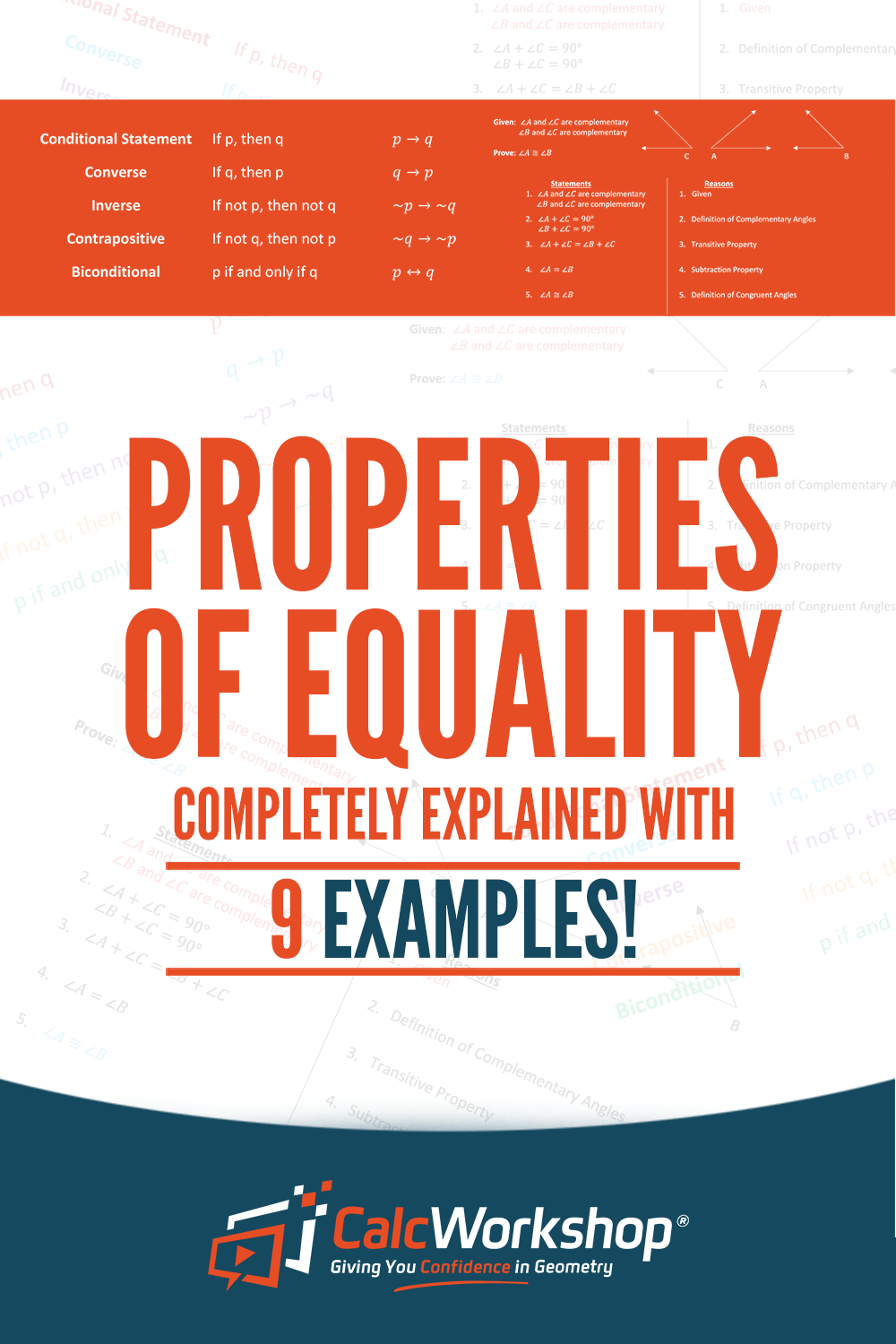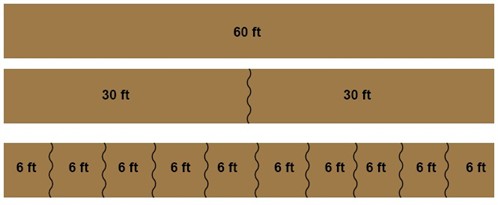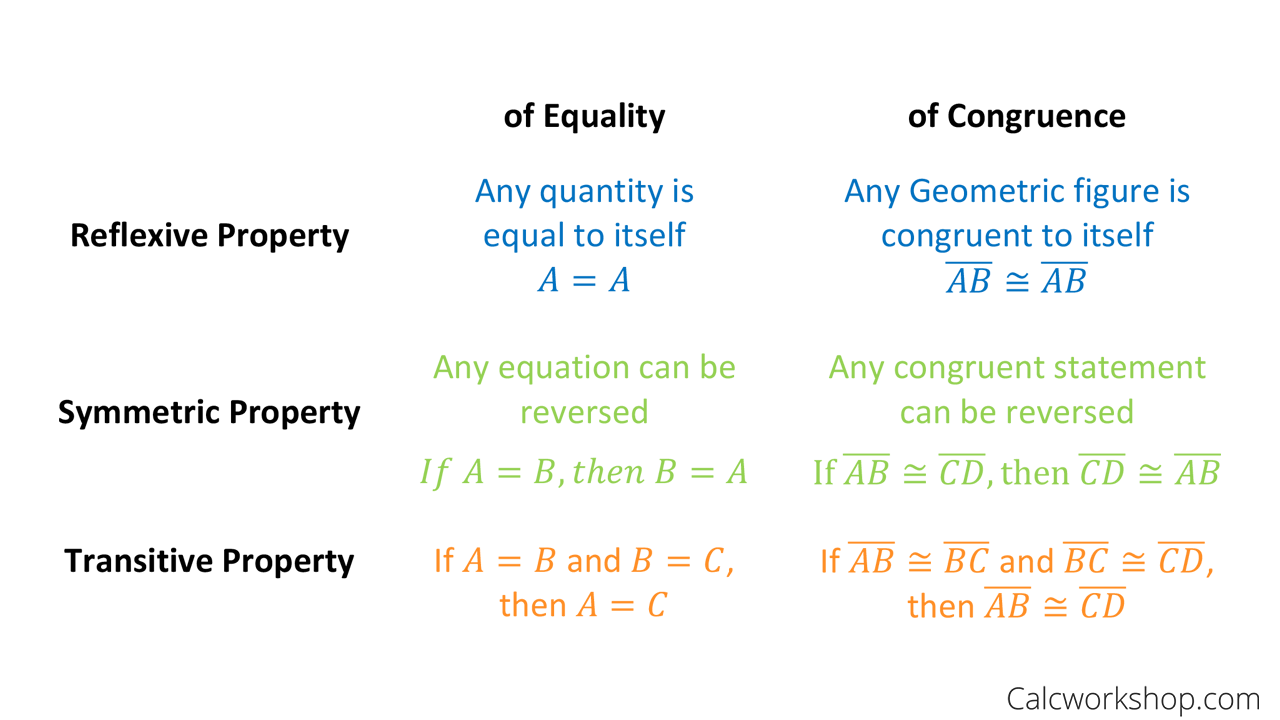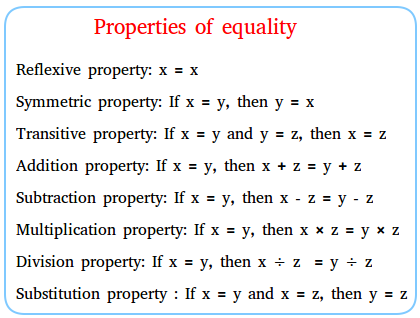Which Property Of Equality Allows You To Check A Solution
Check by substituting your solution into the original equation. This is called the reflexive property of equality and tells us that any quantity is equal to itself aa We can also use this example with the pieces of wood to explain the symmetric property of equality.
Strictly speaking combining like terms involves the distributive property of multiplication over addition and the closure of the set of real.

Which property of equality allows you to check a solution. For all real numbers a b c if a b then ac bc. Lets look at the following number sentences. For all real numbers x y and z if x y then x z y z.
20 POINTS Which equations would you use the subtraction property of equality to solve. When appropriate we will illustrate with real life examples of properties of equality. Use the Addition Property of Equality to isolate the variable.
If you multiply both sides of an equation by the same number you still have equality. The multiplication property of equality allows one to multiply or divide both sides of an equation by any nonzero number without changing the solution setTo isolate x divide each side of the equation by 9. Multiply both sides by the multiplicative inverse of which is 4.
Simplify the expressions on both sides of the equation. The property that allows for a change in the order of the numbers on. Multiplication property of equality multiply both sides by 18.
The Division Property of Equality should always be the first property of equality used when solving linear equations. For all real numbers x y and z if x y then x z y z. Elimination Method A method of solving a system of equations in which you obtain opposites to cancel one of the variables and solve for the other variable.
Solve an equation using the Addition Property of Equality. If x y then y x. The ____ ____ of equality allows you to divide both sides of an equation by the same number.
66 and 6161 Are the two number sentences equivalent. The Multiplication Property of Equality For any numbers ab a b and c c if a b then ac bc if a b then a c b c. What is Addition property of equality.
When you divide both sides of an equation by any non-zero number you still have equality. Any number multiplied by its multiplicative inverse is equal to 1 so x 8. The coefficient of the variable is.
Two numbers equal to the same number are equal to each other. Multiplying by 1 is referred to as Multiplicative Identity Property. This property states that if quantity a equals quantity b then b equals a.
8x 16. Solve an equation using the Addition Property of Equality. This property just says that any time you multiple a.
The Multiplication Property of EqualityFor any numbers a b and c if then. Use the Addition Property of Equality to isolate the variable. Play this game to review Geometry.
Multiplication Property of Equality. Multiplication Property of Equality Integers We can use property of equalities to help us solve equations. These properties allow you to balance and solve equations involving real numbers.
Lets review how these properties of equality can be applied in order to solve equations. 5y20 76d4 x-317 b-1326 h254 z92 2 See answers Pinkpenguin425 Pinkpenguin425 I believe the correct answers are BEF or 256 aadda1913 aadda1913 AnswerBEF. When you divide or multiply both sides of an equation by the same quantity you still have equality.
Check all that apply. Why or why not. Let x y and z represent real numbers.
For all real numbers x x both the value are equal. We will show 8 properties of equality. The following are the equality logical rules which allow you to balance manipulate and solve equations.
The Division Property of EqualityFor any numbers a b and c and if then. I am equal to myself. The solution is correct.
The _____Property of Equality states that you can add the same number to both sides of an equation and both sides will remain equal. If you multiply both sides of an equation by the same quantity you still have equality. Addition property of equality add 4 to both sides.
This step separates variable terms from constant terms. Simplify the expressions on both sides of the equation.
 Are Your Students Learning How To Solve Equations And Identify Special Solution Types This Card Sort Acti Sorting Cards Literal Equations Teaching Expressions
Are Your Students Learning How To Solve Equations And Identify Special Solution Types This Card Sort Acti Sorting Cards Literal Equations Teaching Expressions
 Properties Of Equality Easily Explained W 9 Examples
Properties Of Equality Easily Explained W 9 Examples
 Freebie Modeling Equality Properties Of Equality Free Math Lessons Math Math Number Sense
Freebie Modeling Equality Properties Of Equality Free Math Lessons Math Math Number Sense
 Absolute Value Equations Math Tutorvista Com Absolute Value Equations Persuasive Writing Prompts Absolute Value Inequalities
Absolute Value Equations Math Tutorvista Com Absolute Value Equations Persuasive Writing Prompts Absolute Value Inequalities
 One Solution No Solution Infinitely Many Solutions Worksheet Equations Systems Of Equations Worksheets
One Solution No Solution Infinitely Many Solutions Worksheet Equations Systems Of Equations Worksheets
 Substitution Property Of Equality Definition Examples Video Lesson Transcript Study Com
Substitution Property Of Equality Definition Examples Video Lesson Transcript Study Com
 Properties Of Equalities Algebra 1 How To Solve Linear Equations Mathplanet
Properties Of Equalities Algebra 1 How To Solve Linear Equations Mathplanet
 Properties Of Equality Easily Explained W 9 Examples
Properties Of Equality Easily Explained W 9 Examples
 Identify The Number Of Solutions Of An Equation Solving Equations Solutions Pemdas
Identify The Number Of Solutions Of An Equation Solving Equations Solutions Pemdas
 Inductive And Deductive Reasoning Inductive Reasoning Geometry Geometry Lesson Plans Teaching Geometry
Inductive And Deductive Reasoning Inductive Reasoning Geometry Geometry Lesson Plans Teaching Geometry
 Addition And Subtraction Properties Of Equality Expii
Addition And Subtraction Properties Of Equality Expii
 Exponential Equations With Examples Exponential Exponential Functions Equations
Exponential Equations With Examples Exponential Exponential Functions Equations
 Solving Rational Equations Rational Function Rational Expressions Equations
Solving Rational Equations Rational Function Rational Expressions Equations
 Chapter 2 Solving Linear Equations Flashcards Quizlet
Chapter 2 Solving Linear Equations Flashcards Quizlet
 Addition Property Of Equality Youtube
Addition Property Of Equality Youtube
 Video Solve Linear Equations By Using The Distributive Property Of Equality 8th Grade Solving Linear Equations Middle School Literacy Middle School Writing
Video Solve Linear Equations By Using The Distributive Property Of Equality 8th Grade Solving Linear Equations Middle School Literacy Middle School Writing
 Pin By Passion Pancake On Mathematics Properties Of Addition Math For Kids Mathematics
Pin By Passion Pancake On Mathematics Properties Of Addition Math For Kids Mathematics



0 Comments:
Post a Comment
Subscribe to Post Comments [Atom]
<< Home